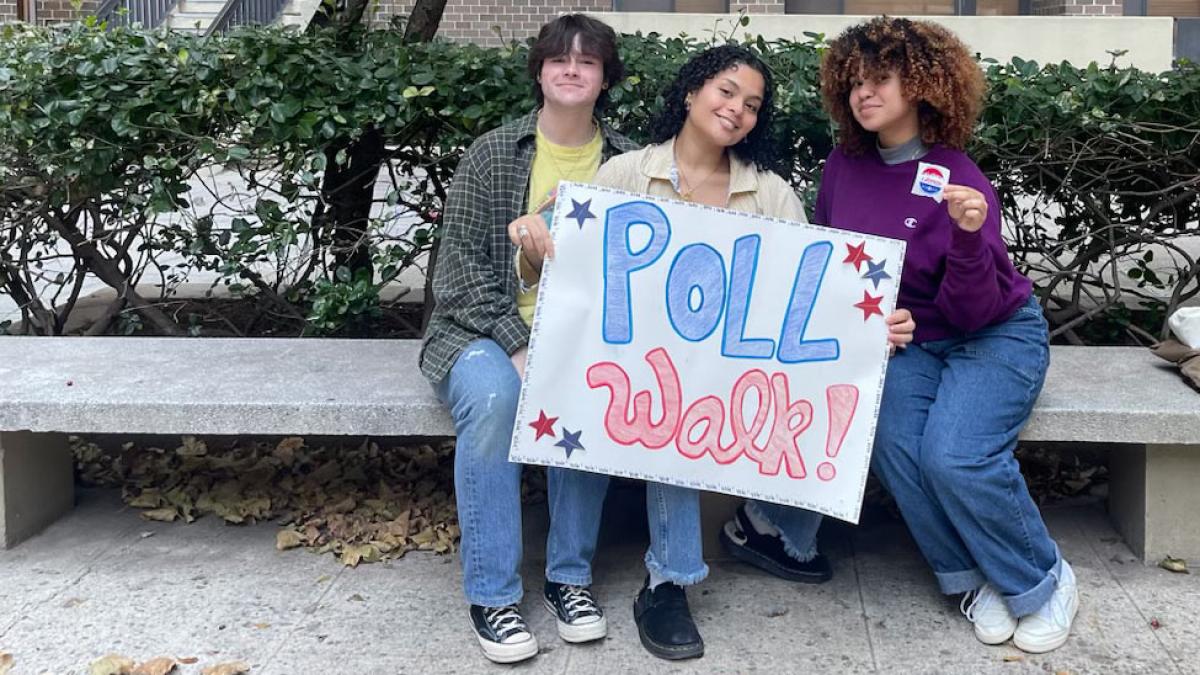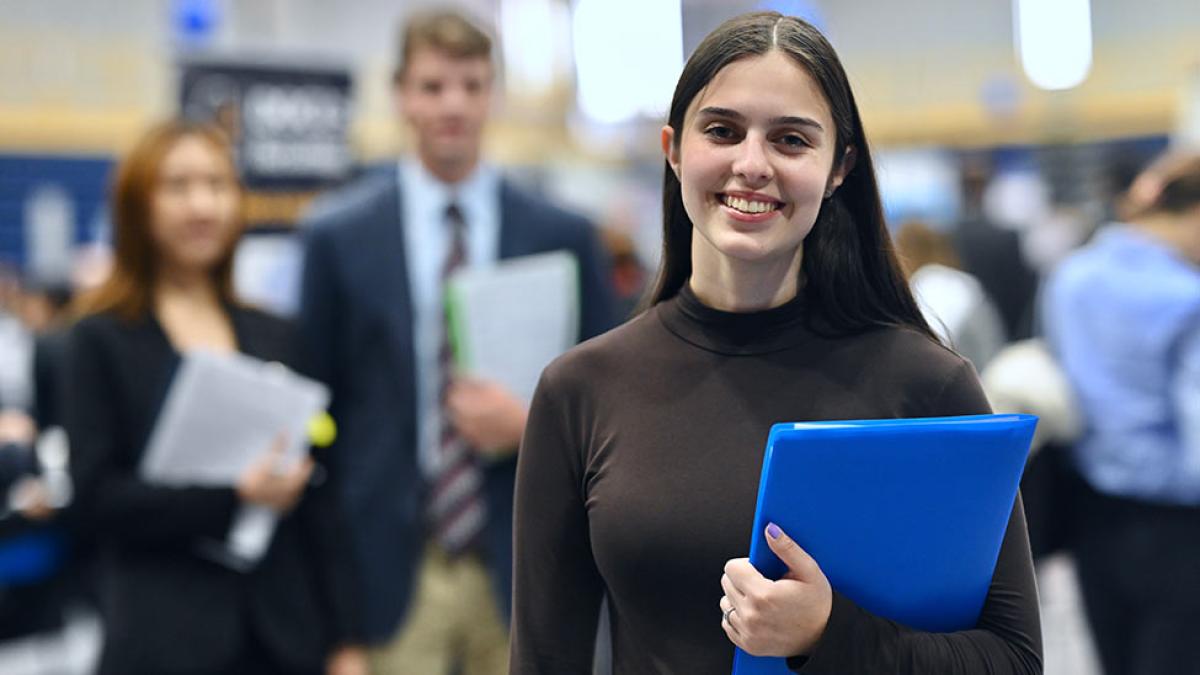New York legislation has paved the way for easier voting access among college students. Discover how Pace students benefit from this game-changing law, get registered to vote, and leverage campus resources for active participation in democracy.
Should NYS Try To Protect Kids From Addictive Social Media? Supreme Court Case Looms
- Read more about Should NYS Try To Protect Kids From Addictive Social Media? Supreme Court Case Looms
Haub Professor Leslie Garfield Tenzer speaks to The Journal News about the New York bills in the state Legislature that would prevent social media platforms from providing minors under 18 with addictive feeds without parental consent that the Supreme Court could upend.
How We Can Fix The FAFSA Mess
President Marvin Krislov an op-ed in the New York Daily News, he writes about how we can fix the FAFSA mess for students — and the story gets picked up by Galaxy Concerns.
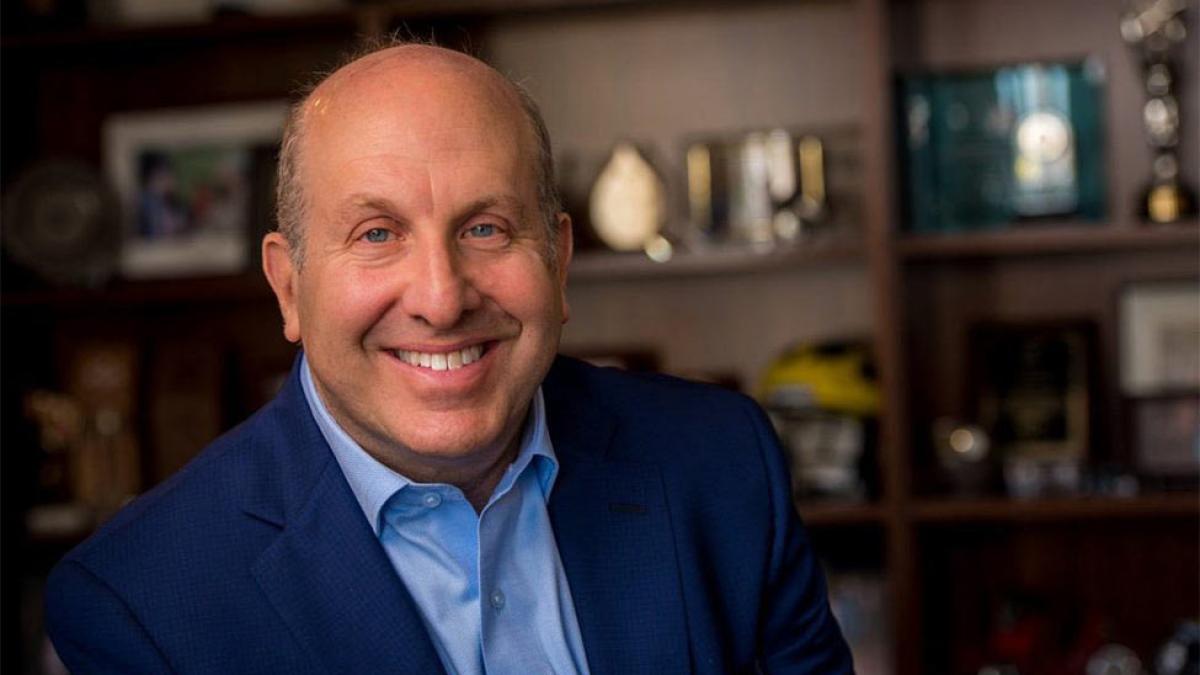
Scripps News: Professor Bennett L. Gershman on the Colorado's Ballot Disqualification Case
Haub Law Professor Bennett Gershman speaks to Scripps News about the Supreme Court’s ruling allowing Donald Trump to remain on Colorado’s presidential primary ballot.
Westchester County Honors 'Trailblazers' as part of Black History Month Celebration
Black Westchester Magazine reports Westchester County Executive George Latimer and Deputy County Executive Ken Jenkins honored Elisabeth Haub School of Law Dean Horace Anderson Jr. for his professional accomplishments and community efforts at the 2024 Trailblazers Awards Ceremony.
N.Y. Law For Polling Sites On Campuses Not Fully Implemented
Assistant Director for the Center for Community Action and Research Erin Mysogland speaks with Inside Higher Ed about a New York law mandating campus polling sites, however its implementation has proven slow and erratic. On a positive note, for the first time ever, Pace will serve as a polling place starting April 2 on the NYC campus (and one is in the works for Westchester).
How Important Is Texting in Dating?
Dyson Professor Leora Trub provides insights from her scholarly research to The New York Times relating to a story on modern dating, texting and communicating.
Dancing Through Algorithms: Transitioning from Dance to Tech
Lauren DeMaio is a senior at the Seidenberg School, who mixes the art of dance with the science of computing.
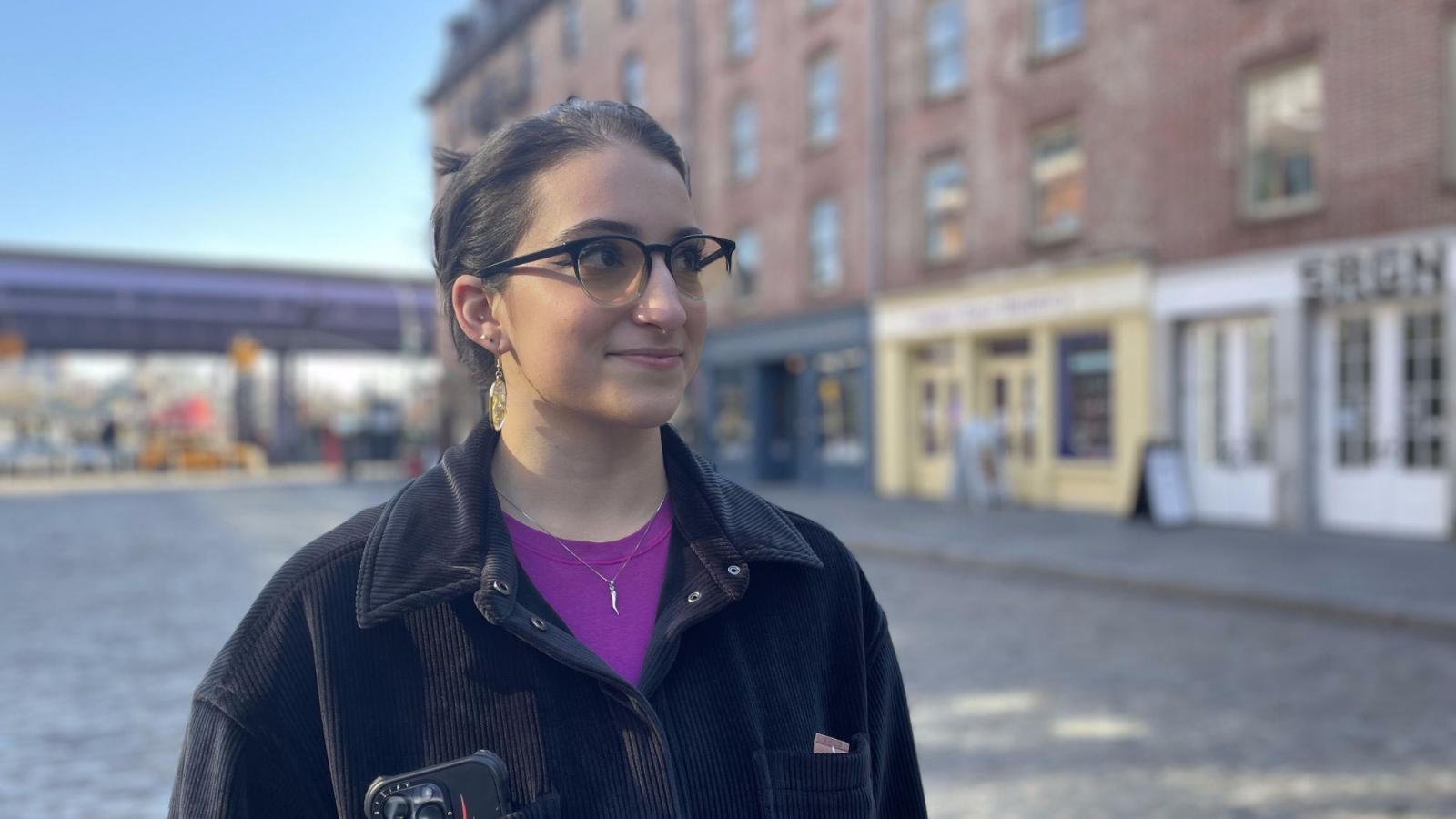
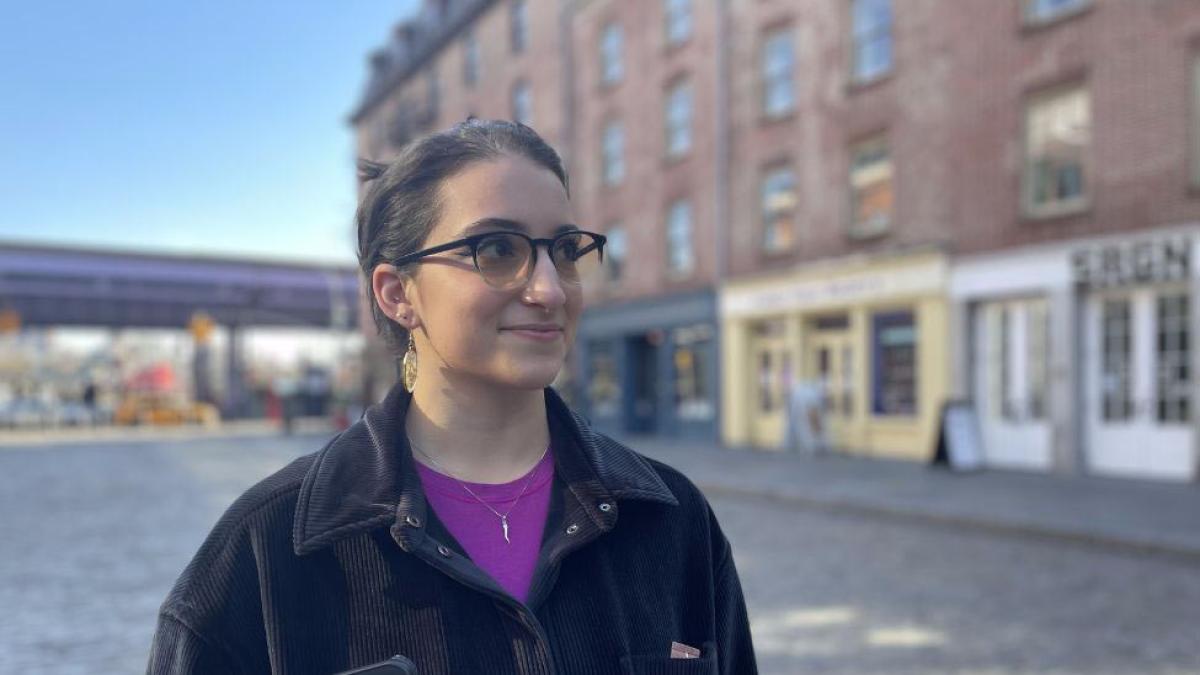
Lauren DeMaio (BS in Computer Science '24) is a senior at the Seidenberg School, who mixes the art of dance with the science of computing. Join us as we walk through Lauren's typical day on campus, her lattes, her algorithms, and the story of how her decisions have led to an adventure in learning and teaching, at Pace.
Lauren’s typical day begins with a brief stop at the Seidenberg building where she is greeted by fellow students and faculty collaborating on projects, doing homework, or simply catching up from the weekend. These interactions set the tone for Lauren’s day and are a reminder of the fun and collegial community she has found at Seidenberg.
Lauren’s path to Pace was a bit less traditional than some. During her senior year in high school, and driven by a passion for dance, Lauren decided to leave public school to attend the Joffrey Ballet School as a Jazz and Contemporary Trainee. “I was commuting each day from my home in Dutchess County to New York City,” noted Lauren. Though the dance program was supposed to be four years long, Lauren decided to apply to a handful of colleges. “I just wanted to keep all possible paths open for myself,” shared Lauren. “I had very little interest in most of the schools I applied to, but when I received my acceptance to Pace, I was so thrilled that I accepted the offer.” Lauren ended up deferring her acceptance for one year, as she continued her studies at Joffrey.
When the COVID pandemic hit, however, it inspired Lauren to re-evaluate her path. “I took a look at my deferral from Pace and just jumped,” advised Lauren.
Computer Science was the only major that ever spoke to me, so I just took that idea and ran with it. Here I am in my senior year of undergrad, and I could not be happier with the decisions I made, especially with choosing Pace.
Lauren has filled her time at Pace with more than just studies. She has been able to nurture her love for teaching (she previously taught dance) through being a Teaching Assistant, with Dr. Carmine Guida as her mentor. In this role, Lauren is able to transfer approaches she’s used in teaching dance to help students in CS 241 Data Structures & Algorithms and CS 321 Intro to Game Programming. “Breaking down abstract computer science topics is just like breaking down the mechanics of a tendu,” shares Lauren. “Seeing that spark moment for the student where they finally understand has just further fueled my love for teaching.”
In addition, Lauren participates in the Design Factory project. During the Fall 2023 semester, Lauren and her teammates, led by the Design Factory program director Dr. Andreea Cotoranu, focused on responsible consumption and production, and looked for opportunities to address them. As part of their journey, they travelled to CERN (The European Organization for Nuclear Research) in Geneva, Switzerland, and spent two weeks developing solutions alongside other schools from the Design Factory Network. Lauren’s team is currently in the prototyping phase of their project, expecting to finish it by the end of the Spring 2024 semester.
Everyone on the team is so welcoming and passionate about what they are studying. It is truly inspiring to be part of such an aspiring group of students.
Despite her busy schedule, Lauren finds time to socialize (and caffeinate) throughout the day. You can find her each morning grabbing a latte from Variety Coffee Roasters. She also takes the opportunity to enjoy an espresso when she visits Dr. Guida to discuss her research and the progress of students in CS 241 and CS 321. After class, Lauren and her friends often walk over to the McNally Jackson bookstore, with a quick stop at the Funny Face bakery, to get hot chocolate and browse new books.
Despite changing gears, Lauren continues to be influenced by her background in dance. “Dancers have this beautiful ability to create a welcoming space for others where self-expression and being fully oneself in the present is key,” offers Lauren. “Not to make it seem like a science, but there is a power that comes with having the ability to make people feel comfortable in any particular space.” Lauren tries to apply this openness and promotion of self in all her interactions. “Giving people the space to express their passions really helps me see people as they are, and I have dance to thank for the ability to do that.”
Pace University to Launch a New Artificial Intelligence Lab
Pace University’s Seidenberg School of Computer Science and Information Systems is launching a new artificial intelligence (AI) lab at its New York City campus.
The lab will be housed in the brand new, cutting-edge building at 15 Beekman, the dedicated home for Seidenberg. It aims to serve as the central hub of AI for the Pace community, offering training and opportunities to learn, grow, and collaborate for students, faculty, and staff
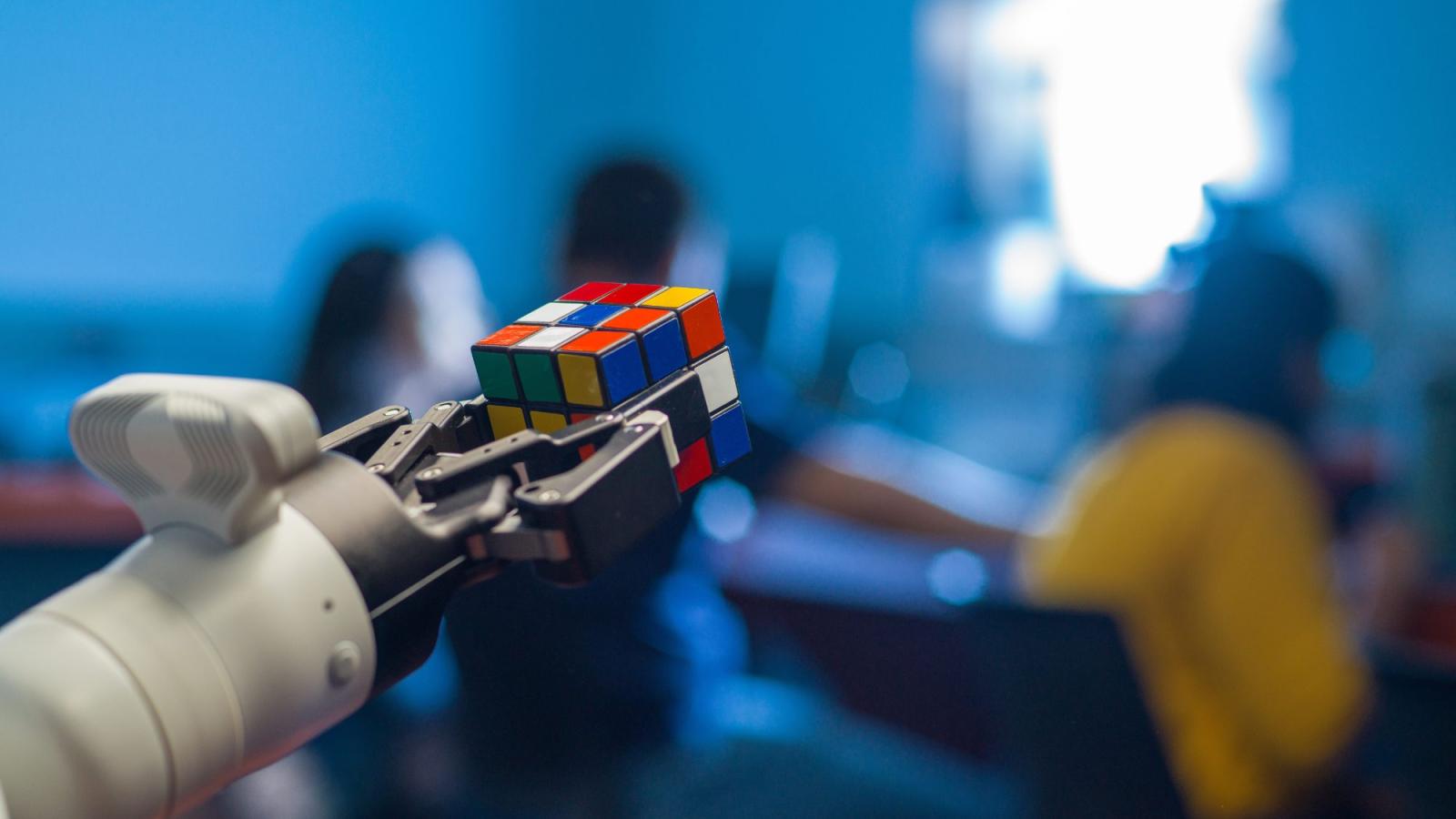
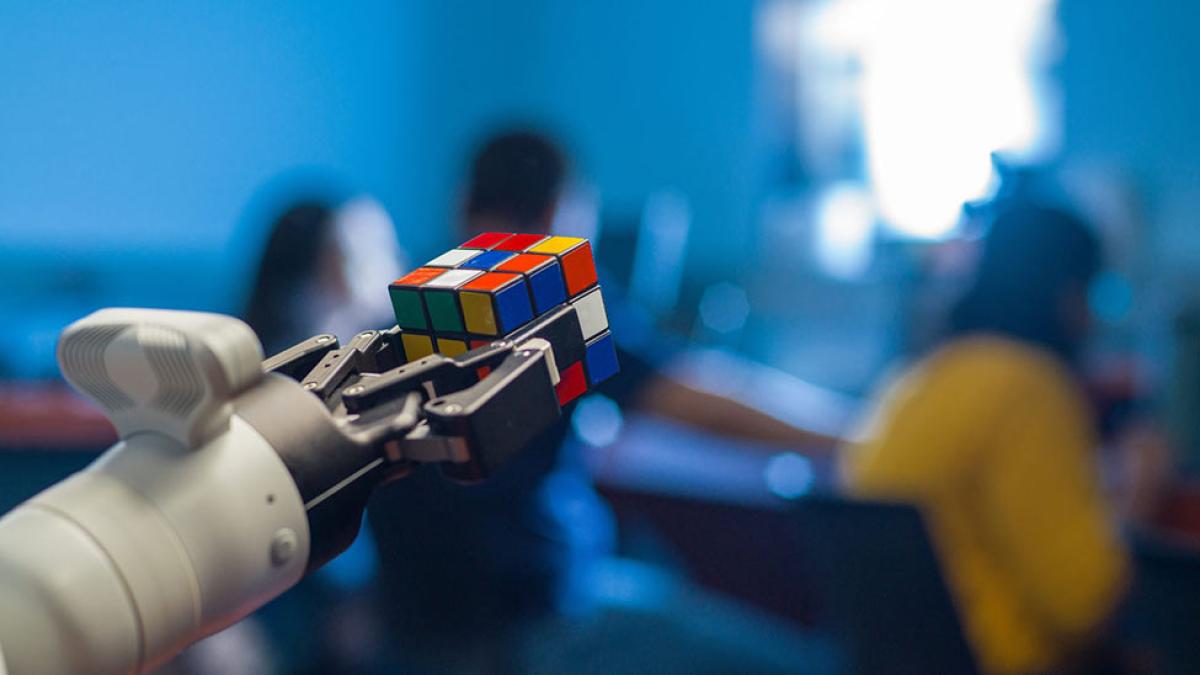
The Lab Will Serve as the Hub of AI at Pace, Offering Training for Students, Faculty, Staff, and Local Businesses
Pace University’s Seidenberg School of Computer Science and Information Systems is launching a new artificial intelligence (AI) lab at its New York City campus.
The lab will be housed in the brand new, cutting-edge building at 15 Beekman, the dedicated home for Seidenberg. It aims to serve as the central hub of AI for the Pace community, offering training and opportunities to learn, grow, and collaborate for students, faculty, and staff.
In addition, the AI lab will extend its training initiatives to local businesses and community members, leveraging Pace's extensive expertise in AI research and development, which spans over 30 years.
"Pace has had a critical mass of influential talent amongst all of the sub-genres that are coming together as AI today,” said Jonathan Hill, dean of the Seidenberg School of Computer Science and Information Systems. “I am delighted to see us at the forefront of this historic time when artificial intelligence is part of every conversation."
The lab's activities will focus on the New York tech community, featuring planned meetups and networking for local professionals to connect and learn about the latest industry developments.
"Pace is exceptionally positioned as a leader in AI research and development," said Katie Todd, assistant dean and co-director of the lab. "We've been doing it for a long time. Seidenberg alumni are working at some of the hottest AI companies–and our students are consistently building and launching their own AI-driven apps."
The newly established AI lab represents just one of Pace University's upcoming developments in the field of AI. Next year, the university will launch two new graduate programs dedicated to artificial intelligence.
The two programs will offer differing tracks in the study of AI. The first program, the Master of Science in Artificial Intelligence, places a strong emphasis on theory and the development of AI applications. Conversely, the second program, the Master of Science in Applied Artificial Intelligence, will provide students with hands-on training on how AI can be used in business and other areas to generate value.
Both programs will incorporate project-based experiential learning that will prepare students with the practical skills needed to join the next generation of AI innovators.
"The AI Lab at Pace University will permit us to consolidate, strengthen and extend the existing AI initiatives and create exciting new ones in education and research leveraging partnerships within and outside the university," said Lab Director Christelle Scharff, PhD, associate dean and professor of Computer Science at the Seidenberg School.
About Pace University
Since 1906, Pace University has been transforming the lives of its diverse students—academically, professionally, and socioeconomically. With campuses in New York City and Westchester County, Pace offers bachelor, master, and doctoral degree programs to 13,600 students in its College of Health Professions, Dyson College of Arts and Sciences, Elisabeth Haub School of Law, Lubin School of Business, Sands College of Performing Arts, School of Education, and Seidenberg School of Computer Science and Information Systems.
About the Seidenberg School of Computer Science and Information Systems at Pace University
The Seidenberg School of Computer Science and Information Systems at Pace University is a leading institute of technology education. Students experience a dynamic and expansive technology education at the undergraduate and graduate levels. One of the first comprehensive schools of computing in the nation, the Seidenberg School is strategically located in the heart of NYC’s tech scene, right on the doorstep of New York’s most promising companies. With access to established tech giants and exciting new start-ups from both the New York City and the Westchester campus, Seidenberg offers the opportunity to connect, intern with, and enjoy lucrative tech jobs following graduation. Through partnerships with leading tech firms, banks, federal agencies, and global institutions, the school’s curricula and programs are designed to ground students in the fundamentals while offering numerous hands-on experiential learning opportunity. The faculty includes numerous experts in artificial intelligence, cybersecurity, data science, game development, software engineering, and much more, who operate labs and centers providing students with practical experience and connections that lead to impressive internships and jobs.
March 2024: A Message from President Krislov
As we navigate the tail end of winter, with its brisk air and the last whispers of cold, we find ourselves on the cusp of a transformative season at Pace University. This period of transition reminds us of our enduring mission of Opportunitas—a time to reflect on growth, renewal, and the exciting journey ahead.

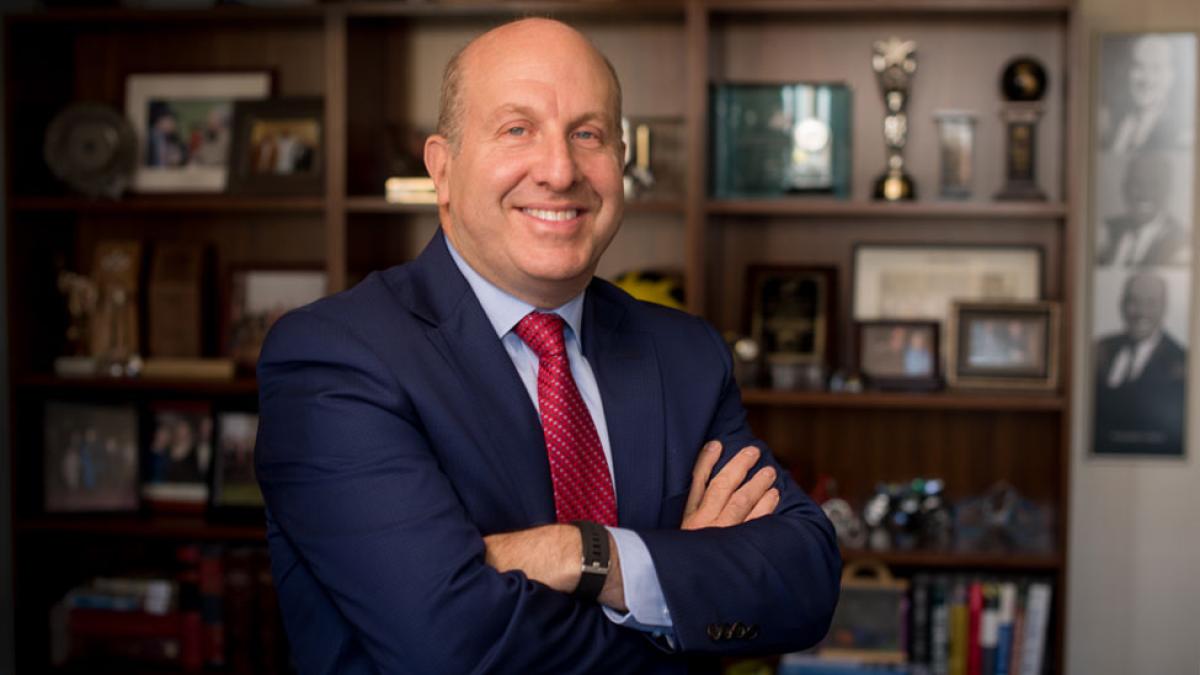
It’s a busy time of year at Pace.
As we navigate the tail end of winter, with its brisk air and the last whispers of cold, we find ourselves on the cusp of a transformative season at Pace University. This period of transition reminds us of our enduring mission of Opportunitas—a time to reflect on growth, renewal, and the exciting journey ahead.
Our recent PaceBound event for prospective students was a heartwarming prelude to the vibrant community and opportunities that await them here. Their enthusiasm and aspirations are a vivid reminder of the impactful journey that Pace offers and I can’t wait to see them on campus this fall. .
With Commencement on the horizon, the excitement within our community is palpable. This milestone is more than a ceremony; it's a celebration of the determination, achievements, and future endeavors of our graduates.I hope to share news about this year’s Commencement honorees soon. For all our soon-to-be alumni: be sure to stay informed about critical deadlines and preparations, ensuring a memorable and smooth transition to this significant next chapter.
Our campus is alive with stories of innovation and collaboration, from groundbreaking faculty-student research endeavors, to enriching global perspectives, and the empowering services provided by our Career Services. These stories not only highlight the academic excellence at Pace but also underscore our commitment to preparing students for success beyond the classroom.
Finally, keep an eye out for the Great Colleges To Work For survey, launching on March 11 via email. This crucial initiative is part of our commitment to workplace excellence, and we encourage all full-time faculty, staff, and adjunct faculty to share their perspectives. The survey is voluntary, confidential, and a key tool in assessing our progress and identifying future priorities. Let's seize this opportunity to voice our experiences and contribute to making Pace an even greater place to work.
As we anticipate the arrival of spring, let's embrace the opportunities and challenges that lie ahead. Together, we will continue to advance, driven by our shared commitment to excellence and the Pace mission.
There’s a lot going on, and there’s more to come.
Let’s go get it.
More from Pace
Ever wonder how Pace graduates consistently outperform the national employment average? It's all about starting early and making the most of Career Services. Check out our recent employment stats and get quick tips on getting career-ready.
Saloni Pasad has taken advantage of everything Seidenberg’s Human Centered Design program has to offer; including working with the NYC Design Factory, earning her a trip to Switzerland to explore how today's technology can provide tomorrow's food.
Remediating a Major Public Health Problem
Clandestine methamphetamine labs: they’re a growing problem and can be a nightmare for unsuspecting homeowners. Dyson Professor Karen Caldwell and student researchers such as Morgan Amos are on the case, aiming to develop practical and effective remediation solutions.
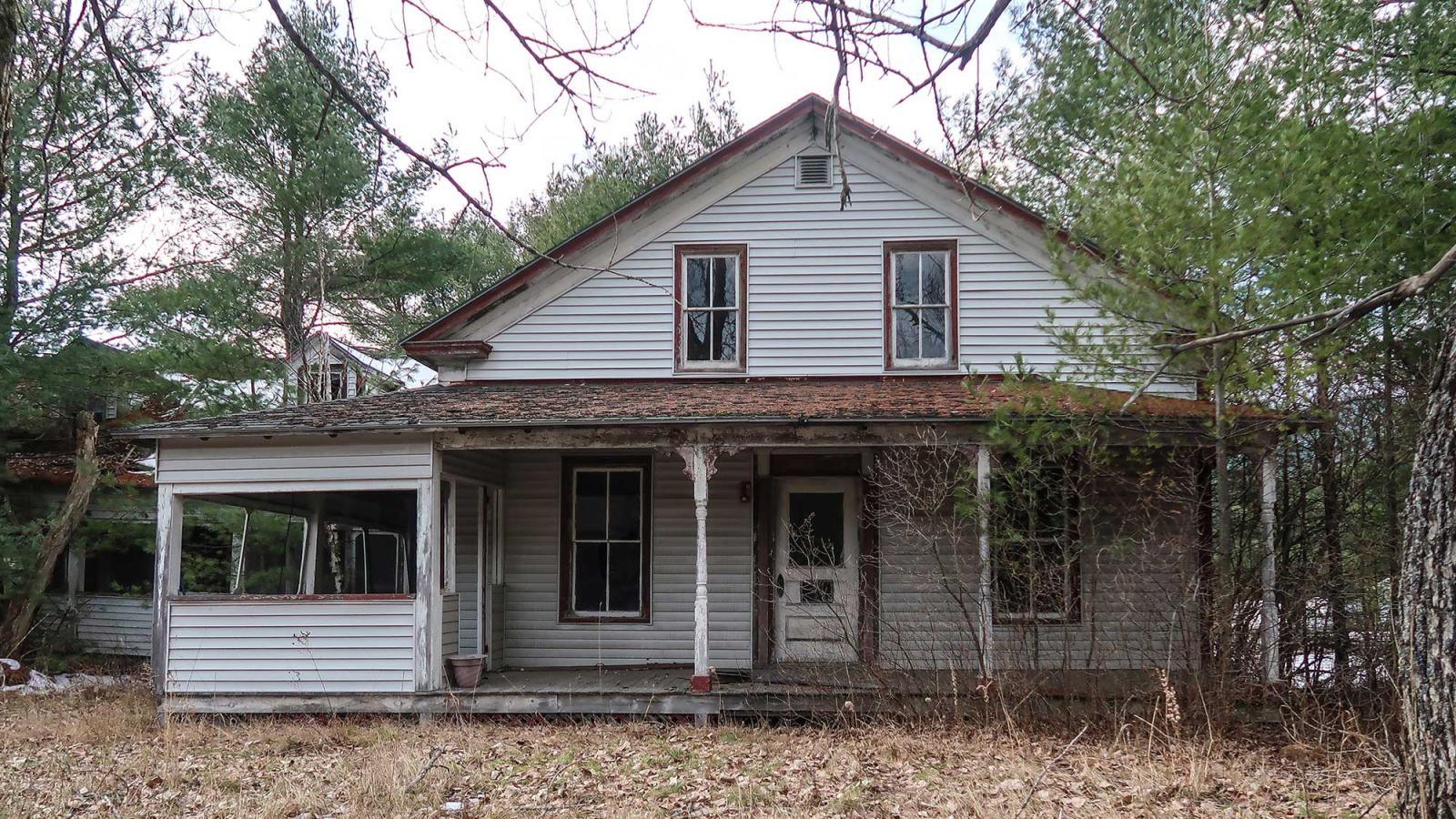
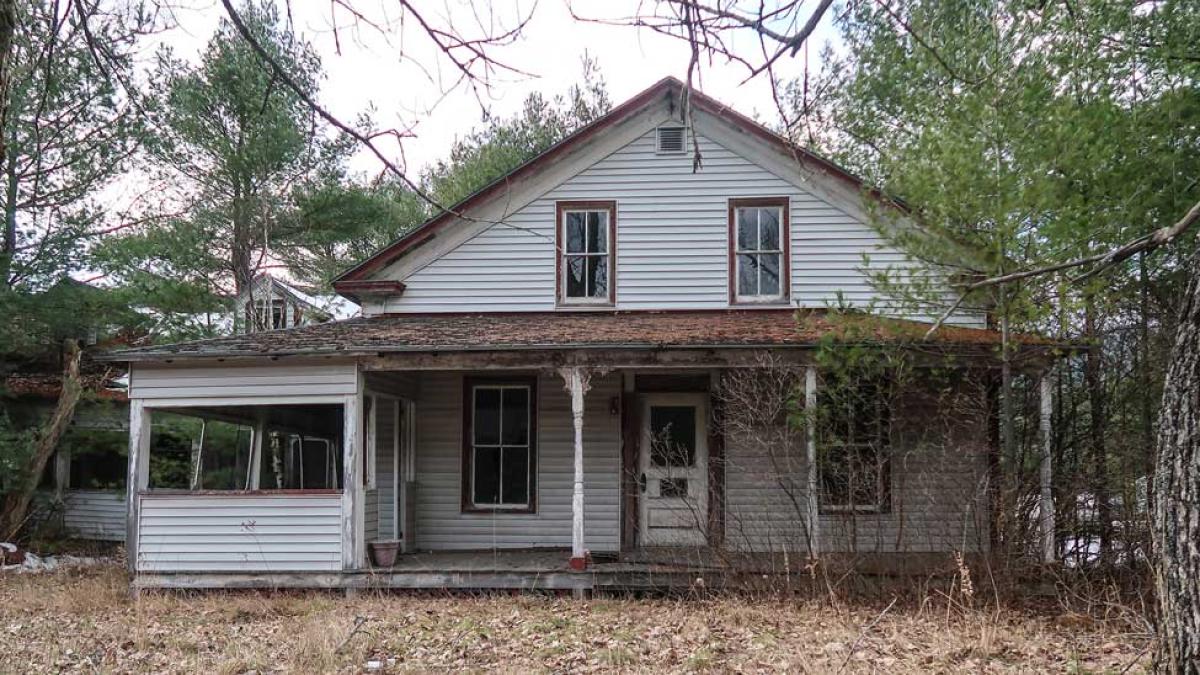
Methamphetamine contamination within homes has been a growing issue in the United States. Because producing methamphetamine is by nature highly illegal, it’s produced in what are known as “clandestine labs”—generally in homes, motel and hotel rooms, garages, and even cars. And whenever methamphetamine is cooked, it creates an expensive and hazardous mess; one that could be a nightmare for anyone unknowingly spending time in a contaminated building.
Dyson College Assistant Professor of Chemistry and Physical Sciences Karen Caldwell, PhD, has been conducting research pertaining to this problem for nearly a decade; a subject she first became interested in after recognizing the nature of the problem in her hometown community.
“I’m from upstate New York. I was looking at the local newspaper where I’m from near Binghamton, and Senator Schumer was having a press conference at a house that had just been condemned,” she recalled. “There had been a big law enforcement bust of people in the house who had been illegally making methamphetamine.”
She noted that at this time, New York was one of 25 states where it was not required that sellers of property disclosed that the building had previously been used for that purpose—despite the fact that a home contaminated by methamphetamine requires remediation that can cost well over $100,000.
“When someone cooks meth, a lot of things end up everywhere. The residues from production, not only the drug. For every pound of meth produced, there are five or six pounds of hazardous waste produced.”
Exposure to this hazardous waste has been known to cause respiratory issues, possible central nervous system issues and skin infection, and is particularly harmful to young children. Given these issues, Caldwell made it her mission to delve into the existing literature and protocols surrounding methamphetamine remediation in hopes of better understanding the scope of the problem and how to better educate individuals dealing with a meth contaminated space.
“From a practical standpoint, is there a better way to remediate these interior buildings? That’s the genesis of the project. In my reading I noticed there were not many chemists who had been working on the fundamental problem of what causes things to be easier/not easy to clean from any surface.”
From a practical standpoint, is there a better way to remediate these interior buildings? That’s the genesis of the project.
Thus began a research project that has now spanned nine years, through which Caldwell has worked with seven different undergraduate researchers. Biochemistry major Morgan Amos ’25 is one of Caldwell’s current researchers, who after learning about her professor’s work after taking her organic chemistry class, connected with Caldwell through the Center for Undergraduate Research Experiences (CURE).
“During our class last year, she showed us what her research was about,” says Morgan. “I hadn’t done research in chemistry-based, only computationally through an internship. I thought it’d be really cool to get used to chemistry-based research, and I asked if I could research with her through CURE.”
Alongside student co-researcher Anna Acevedo ’24, Morgan has been reading existing literature, and coming into the lab to experiment with solutions through use of a model test compound. As Morgan and Caldwell note, their focus is to develop a quality control test to better understand the ways in which molecules interact with porous and non-porous surfaces.
“We’ve been coming into the lab and have been running a lot of UV specs as well as creating different solutions to help with the cleanup process that we’re going to eventually get the data we’re looking for,” says Morgan.
“The key thing is to develop a good control experiment,” adds Caldwell. “If you know how much material you’re putting down in terms of the number of molecules, grams, or micrograms, can you get it all back up from a surface that should not absorb any; like glass, or metal. That’s where we are right now.”
Ultimately, Caldwell hopes that this ongoing research will result in academic recognition through publication (in which all her student researchers will be recognized as co-publishers), and on a real-world level, to develop higher quality, practical, and more cost-effective means of dealing with this issue, that would potentially be patent-able. Caldwell and her team would ultimately hope that these patent-able products could be available to remediators (meth remediation is generally serviced by companies that perform mold, asbestos, and lead remediation), or perhaps even develop a direct-to-consumer option—something that may help better educate the general population, which as Caldwell notes, is also of the utmost importance.
For both students and professor, the project—and the spirit of research fostered by Pace—has been a considerable highlight of their Pace experience.
“I really enjoy research and am hoping to pursue a PhD,” notes Morgan. “This has helped me get experience of being in an actual lab doing research, having to think of things that will help the rest of our protocol for the future. It’s been great gaining the experience of what it means to be a researcher, and what that time and commitment looks like.”
“The continuing research has kept my own intellectual life alive,” says Caldwell. “I am so grateful do the University and to Professor Maria Iacullo-Bird and the Center for Undergraduate Research for all of the support through all of these years.”
More from Pace
Saloni Pasad has taken advantage of everything Seidenberg’s Human Centered Design program has to offer; including working with the NYC Design Factory, earning her a trip to Switzerland to explore how today's technology can provide tomorrow's food.
Ever wonder how Pace graduates consistently outperform the national employment average? It's all about starting early and making the most of Career Services. Check out our recent employment stats and get quick tips on getting career-ready.
Serving as a peer leader, resident assistant, and volunteer, Psychology major Charlotte MacNeal's diverse experiences and mentorship roles have shaped her journey. With internships in MedTech and impactful research on intergenerational trauma, she credits the supportive faculty and plans to pursue a career in consulting for MedTech companies upon graduation, offering insightful advice to current students.
